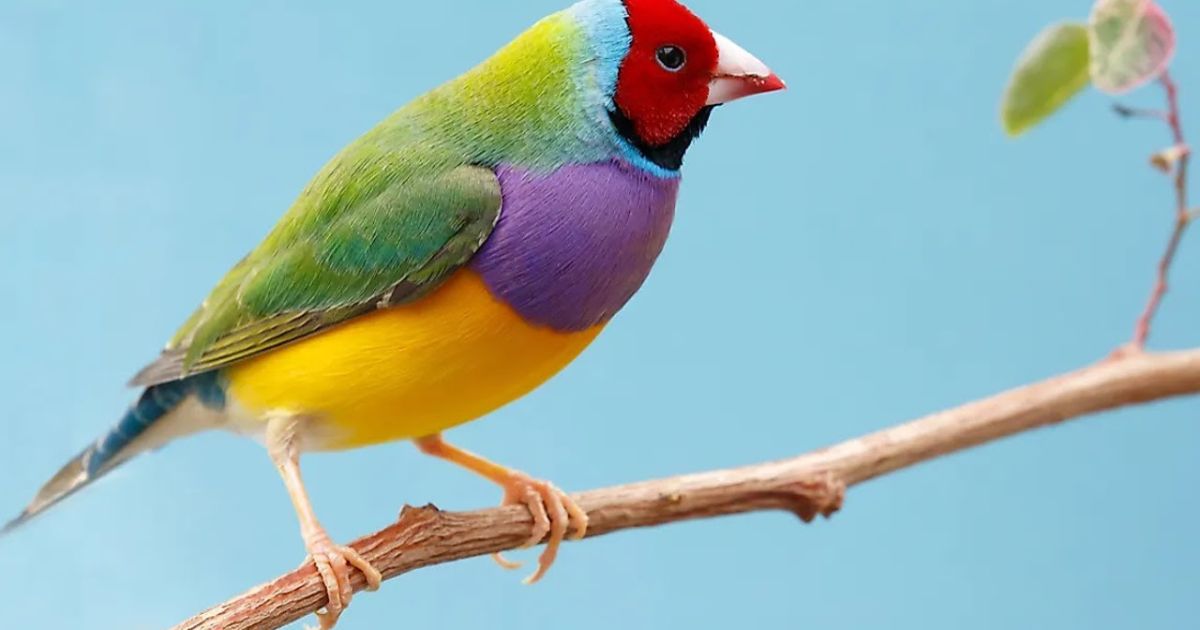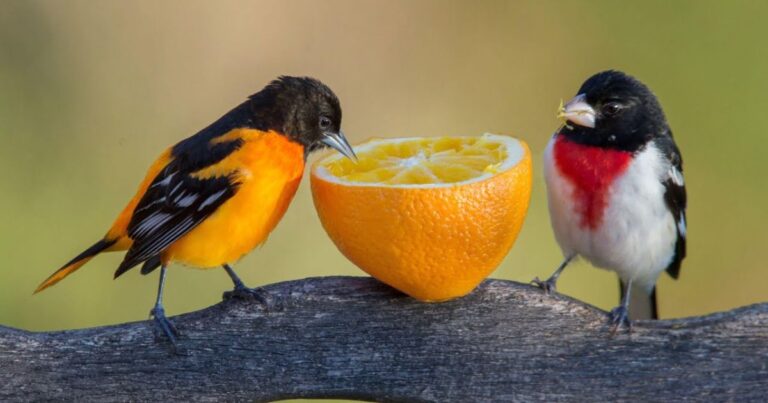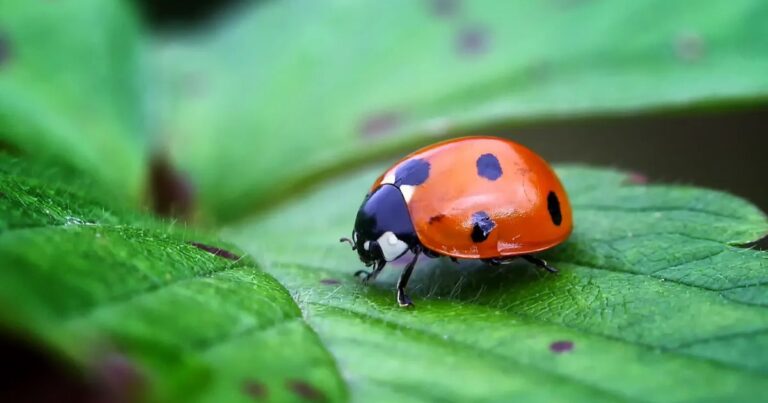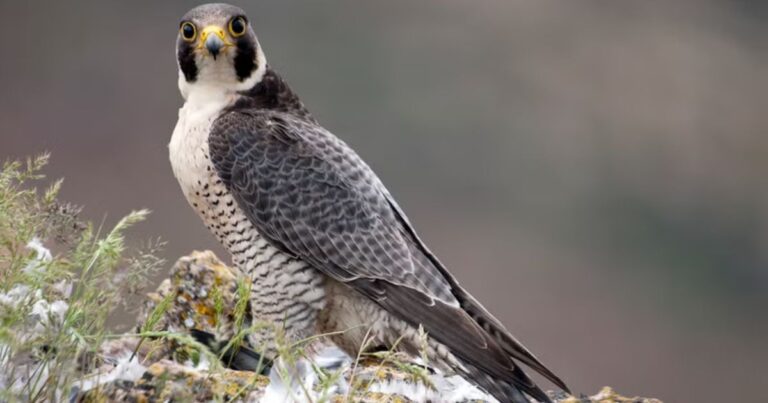Top 10 Coolest Birds in the World
The avian world is filled with extraordinary beings that challenge our perceptions of beauty and adaptability. From the majestic albatross gliding over ocean waves to the enchanting hummingbird flitting from flower to flower, birds offer a glimpse into nature’s creativity.
In this article, we will unveil the top 10 coolest birds, each representing a unique aspect of avian life that underscores their importance in our ecosystems. Discover what makes these feathered friends truly exceptional and worthy of our attention.
Here Are the Top 10 Coolest Birds in the World
California Condor
The California Condor, once on the brink of extinction, is a remarkable symbol of conservation success. These majestic birds, with wingspans stretching up to 10 feet, are not just impressive in size; they play a crucial role in their ecosystem as scavengers.
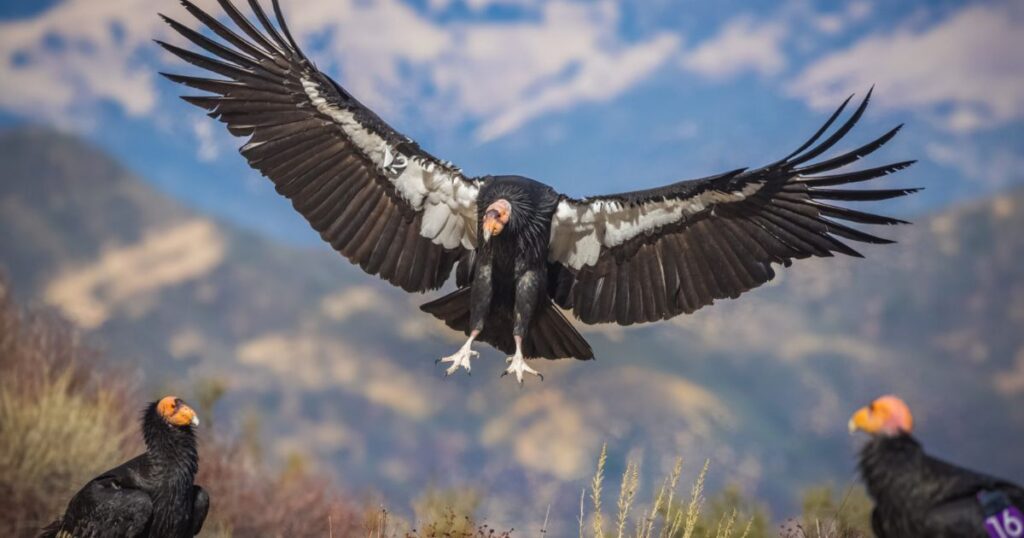
By feeding on carrion, they help maintain the health of their habitats, preventing the spread of disease and promoting nutrient cycling. Their unique feeding habits highlight the interconnectedness of species and the delicate balance within ecosystems.
Despite their recovery efforts, California Condors still face numerous challenges, including habitat loss, lead poisoning from ingested spent ammunition, and microtrash ingestion. Conservationists have adopted innovative strategies to combat these threats, such as breeding programs and public awareness campaigns about the dangers of lead ammunition.
Cassowary
The cassowary, often dubbed the “world’s most dangerous bird,” is a striking example of evolution’s artistry and adaptability. Standing up to six feet tall, this flightless avian marvel boasts a vibrant blue and black plumage, punctuated by a striking casque atop its head a unique structure thought to assist with communication and possibly even navigation through dense rainforest canopies.
Beyond their impressive size and appearance, cassowaries play a crucial role in their ecosystem as seed dispersers, facilitating the growth of various tree species that rely on their digestive systems to spread seeds over vast distances.
Malleefowl
Malleefowl, a unique bird native to Australia, is renowned for its extraordinary nesting behavior and remarkable adaptation to arid environments. Unlike most birds that build nests in trees or bushes, the Malleefowl creates large mounds of soil and leaf litter, which serve both as incubators for their eggs and as a means to regulate temperature.
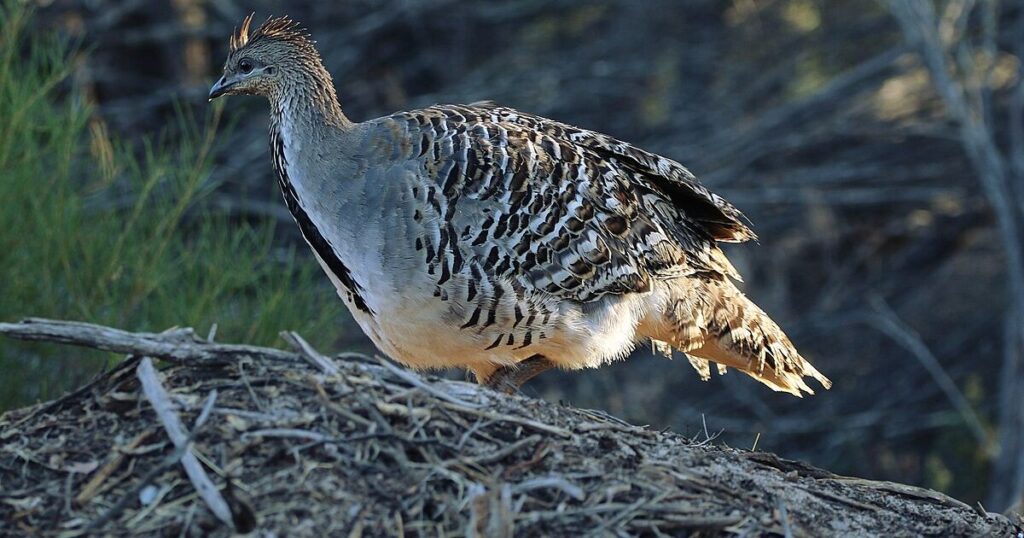
This instinctual engineering marvel allows the female to lay her eggs deep within the mound, while the male meticulously maintains the temperature by adding or removing materials a fascinating example of shared parental duties in the avian world.
Lyrebird
The lyrebird, a remarkable avian species native to Australia, is often celebrated for its extraordinary vocal mimicry. These birds have the unparalleled ability to imitate a wide range of sounds from their environment, including other bird calls, chainsaws, camera shutters, and even human voices.
This talent not only showcases their complex neural capabilities but also plays a crucial role in their mating rituals. Male lyrebirds use their mimicry to attract females by incorporating diverse sounds into their songs, creating a captivating audio display that reflects both their fitness and creativity.
Arctic Tern
The Arctic Tern is a marvel of nature, renowned for its extraordinary migratory journey that spans over 44,000 miles each year. This small seabird, weighing only about 4 ounces, holds the record for the longest migration of any animal on the planet.
Each summer, it breeds in the Arctic regions and then embarks on a breathtaking journey to the Antarctic, where it enjoys endless daylight during the southern hemisphere’s summer months. This remarkable cycle not only showcases the tern’s resilience but also highlights the profound connection between seasonal changes and wildlife behavior.
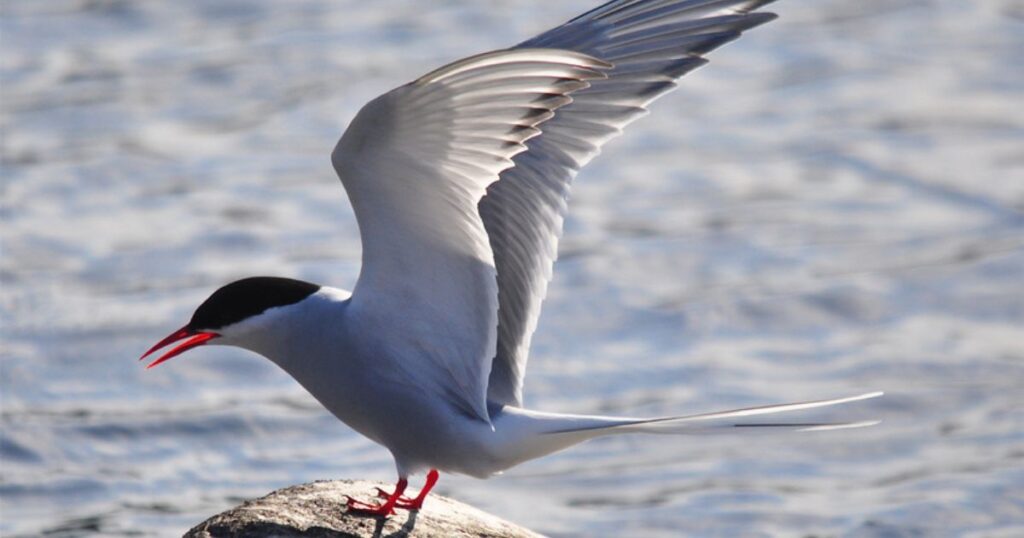
What sets the Arctic Tern apart is its unique navigation ability. These birds utilize a combination of celestial cues, Earth’s magnetic field, and environmental landmarks to guide them across vast oceans. Recent studies suggest that Arctic Terns may even possess an innate sense of direction that allows them to return to their exact breeding grounds year after year.
Dancing Red-Capped Manakin
The Red-Capped Manakin, a diminutive bird native to the tropical forests of Central and South America, captivates observers with its striking plumage and extraordinary courtship displays. Males are adorned with vibrant red caps that stand out against their glossy black bodies, creating a vivid contrast that is both eye-catching and essential for attracting mates.
It is their unique dance that truly sets these birds apart; a series of rapid, acrobatic movements that can resemble a miniature ballet in the understory of their habitat. This intricate performance not only showcases the male’s vigor and genetic fitness but also serves as a crucial element in the species’ reproductive success.
Emperor Penguin
The Emperor Penguin, the largest of all penguin species, is a remarkable testament to the resilience of life in extreme conditions. Standing at nearly four feet tall and weighing up to 90 pounds, these majestic birds are uniquely adapted to survive the harsh Antarctic climate.
Their thick layer of blubber and dense feathers not only provide insulation against frigid temperatures that can drop below -40 degrees Fahrenheit but also allow them to navigate icy waters with grace. Interestingly, Emperor Penguins are one of the few animal species that breed during the brutal winter months, showcasing their exceptional commitment to survival and reproduction.
During the breeding season, male Emperor Penguins endure a grueling fast that can last for more than two months while incubating their single egg on their feet, tucked away in a protective fold of skin called a brood pouch.
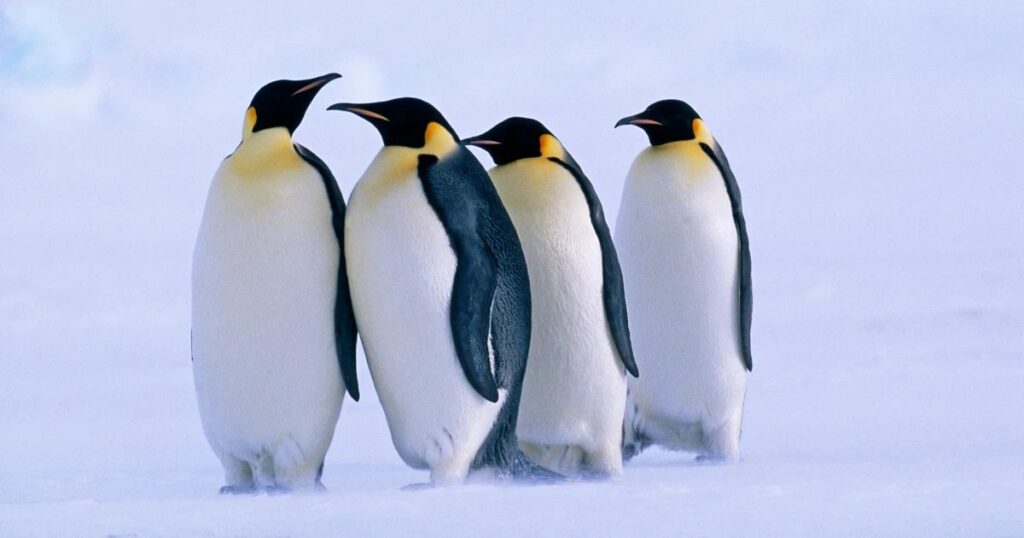
his remarkable dedication highlights a unique aspect of their social structure; males form tight-knit communities for warmth and support, taking turns shielding each other from the biting Antarctic winds. Once the chicks hatch, both parents take on the responsibility of feeding and nurturing their young, with the males regurgitating food stored in their stomachs to nourish the vulnerable chicks.
Peacock
The peacock, with its iridescent plumage and captivating courtship display, transcends mere beauty to symbolize a rich tapestry of cultural meanings across various societies. In many cultures, the peacock is revered as a symbol of renewal and immortality, owing to its ability to shed and regrow feathers annually.
This unique characteristic has inspired artists and storytellers, embedding the peacock into myths and folklore where it often represents vanity or pride, yet also wisdom and protection.
The peacock’s striking colors are not merely the result of pigments; they arise from microscopic structures within their feathers that refract light, creating a brilliant spectrum of hues. This phenomenon, known as structural coloration, is a marvel of natural engineering and has fascinated scientists and enthusiasts alike.
Dwarf Kingfisher
The Dwarf Kingfisher, a diminutive avian jewel, captivates birdwatchers with its vibrant plumage and agile hunting skills. Found predominantly in the dense forests of Southeast Asia, this small bird measures merely 13 centimeters in length, yet its striking orange, blue, and yellow feathers make it a standout amid the foliage.
Unlike its larger relatives, the Dwarf Kingfisher has adapted to life in the underbrush, where it skillfully navigates through thick vegetation to hunt for its favorite prey small insects and crustaceans.
Rufous Potoo
The Rufous Potoo, an elusive nocturnal bird found in the dense forests of South America, captivates birdwatchers and nature enthusiasts alike with its extraordinary camouflage and haunting calls. This remarkable species, known scientifically as Nyctibius bracteatus, has a plumage that mimics tree bark, allowing it to blend seamlessly into its surroundings.
Observing a Rufous Potoo in its natural habitat is akin to discovering a living piece of art; its intricate patterns and subdued colors create an optical illusion that challenges even the most seasoned observers.
Read More: “What Does Seeing a Cardinal Mean?”
Final Thoughts
The world of birds is filled with incredible diversity and fascinating adaptations that capture the imagination. From the vibrant plumage of the Resplendent Quetzal to the unique courtship displays of the Bird of Paradise, these ten species showcase nature’s creativity at its finest.
Each bird not only contributes to the ecological balance of their habitats but also serves as a reminder of the beauty that exists in our world. By appreciating and protecting these remarkable creatures, we ensure that future generations can also marvel at their splendor.
FAQ’S
What is the coolest bird in the world?
Determining the “coolest” bird in the world can be subjective, as it often depends on personal interests and criteria for coolness. However, one bird that frequently garners attention for its unique characteristics is the Resplendent Quetzal.
Which is the most beautiful bird?
The Resplendent Quetzal, native to Central America, is often celebrated for its vibrant green plumage and long tail feathers, which can reach up to three feet in length. Its vivid colors and graceful appearance make it a favorite among birdwatchers and nature enthusiasts.

